There are few telescopes that can be said to be universal — the BKP 150/750 EQ3-2 definitely belongs to this group. The main element of the telescope is a large parabolic mirror with a diameter of 150 mm (6 inches) and a focal length of 750 mm. The telescope is equipped with a precise Crayford eyepiece extractor with a diameter of 2 «with a reduction to 1.25» enabling the use of almost all glasses available on the market. This type of extractor is an innovative design that allows for much more precise focusing and works more smoothly than standard rack extractors. In addition, the extractor has a T-2 thread, to which, thanks to additional reductions, we can mount a «SLR» type camera. Sky-Watcher is a leading brand on the astronomical equipment market. The purchase of this company’s equipment gives the possibility of further expansion and retrofitting of the telescope with many accessories without fear of incompatibility.
Optical system
It is a Newtonian reflecting telescope. Due to its high brightness, it is especially recommended for observing deep sky objects such as star clusters, galaxies or nebular objects. At the same time, this model allows the use of high magnifications, making it also perfect for observing planets and the moon.
The main advantage of this telescope is a large parabolic mirror with an aperture of 150 mm and a focal length of 750 mm. Due to the relatively short focal length, the telescope allows for a very large field of view. This telescope collects about 320 times more light than the human eye at night, providing the ability to observe objects up to nearly 12-13 magnitudes (with naked eye visibility up to magnitude 6). The size of the mirror is also related to the optical resolution, which in this telescope allows it to separate stars that are more than 0.9 ”apart.
In addition, the telescope includes a Barlow lens, which, in combination with an eyepiece with a diameter of 1.25 «, will give us a double increase in magnification. The equipment of the telescope should be supplemented with additional eyepieces: one with a short focal length of approx. 4-5 mm for planetary observation and one two-inch wide-angle, approx. 25-30 mm, enabling the survey of the sky or observation of vast nebular objects.
Installation
It is an assembly worth recommending, stable and still quite mobile at the same time. The EQ3-2 receives excellent ratings from astronomy enthusiasts. It is characterized by reliability and precision with a rich offer of various functions, useful for any advanced astronomer. The mounting head rests securely on a sturdy, adjustable aluminum tripod with a useful accessory shelf. Precision micromovement knobs allow for accurate, manual tracking of objects in the sky. The assembly mechanics of the EQ3-2 are constructed on the basis of special worm gears, enabling precise control of the movement in both the right ascension and declination axes.
For assembly, you can use drives in one or two axes or we can convert the assembly into a full Go-To system that enables automatic tracking and tracking of objects. The EQ3-2 is the lowest mounting model that has a place for a polar finder.
Extract
The telescope is equipped with a precise Crayford eyepiece extractor that allows the use of 2 «and 1.25» eyepieces. Compared to standard rack lifts, found in similar telescopes from other manufacturers, Crayford lifts offer greater precision and smooth operation. The set includes two 1.25 ”glasses.
Astrophotography
The BKP 150/750 EQ3-2 telescope is the first telescope that can be successfully used in astrophotography, thanks to the robust EQ3-2 mount, which has great expansion possibilities. Thanks to the f / 5 aperture it is possible to obtain interesting effects even with a relatively short exposure time. In addition, the short 750mm focal length makes photos less prone to inaccurate editing. An additional advantage of this telescope is the two-inch eyepiece extractor.
Astronomical observations
1. Solar System
- features on the lunar surface larger than 1-2 km in size;
- sunspots and their structure, visible photosphere granulation;
- all planets of the solar system;
- Mercury and Venus phases
- Mars shield, polar caps in periods of opposition
- several zones of Jupiter belts and the Galilean moons
- Saturn’s rings with Cassini’s break, a belt in the atmosphere and several smaller moons of the planet
- Uranus and Neptune are visible as clearly blue stars
- motion of asteroids against the background of stars
- observations of many fainter comets, visible structure of brighter comets
2. Stars
- approximately 2.7 million stars across the sky, with magnitudes down to about 12-13th magnitude
- double and multiple stars separated from each other angularly by more than 0.9 «.
- the colors of many stars
3. Nebulae objects
- all Messier directory objects
- dozens or even hundreds of globular clusters, partly broken up into individual stars in many cases
- hundreds of open clusters with many visible differences in structure
- dozens of nebulae, along with the first details, rich details of bright nebulae
- dozens of galaxies with subtle details of the structures, shape and angular position of the disks
- visible structure and structure of many planetary nebulae
- visible remnants of supernovae
|
|
|
|
| Mounting Type: |
Equatorial |
Aperture: |
150 mm |
| Focal length: |
750 mm |
It shone: |
5.0 |
| Star range: |
13.3 magnitudes |
Collective capacity (compared to the naked eye): |
459 x |
| Maximum useful magnification: |
225 x |
Assembly weight: |
7.0 kg |
| Tube weight: |
5.6 kg |
Counterweights: |
3.2 + 1.8 kg |
| Tripod height: |
710 — 1230 mm |
Tripod type: |
aluminum LT1 |
| Tube Length: |
650 mm |
Assembly control: |
micromovement knobs |
| Focal length of glasses / magnification: |
25mm / 30x, 10mm / 75x |
Type of spectacle lift: |
rack and pinion |
| The diameter of the eyepiece extractor: |
2 «with reduction to 1.25» |
Finder: |
optical 6×30 |
| Secondary mirror diameter: |
45.0 mm |
Maximum resolution: |
0.93 ″ |
| Telescope series: |
EQ3 |
|
|





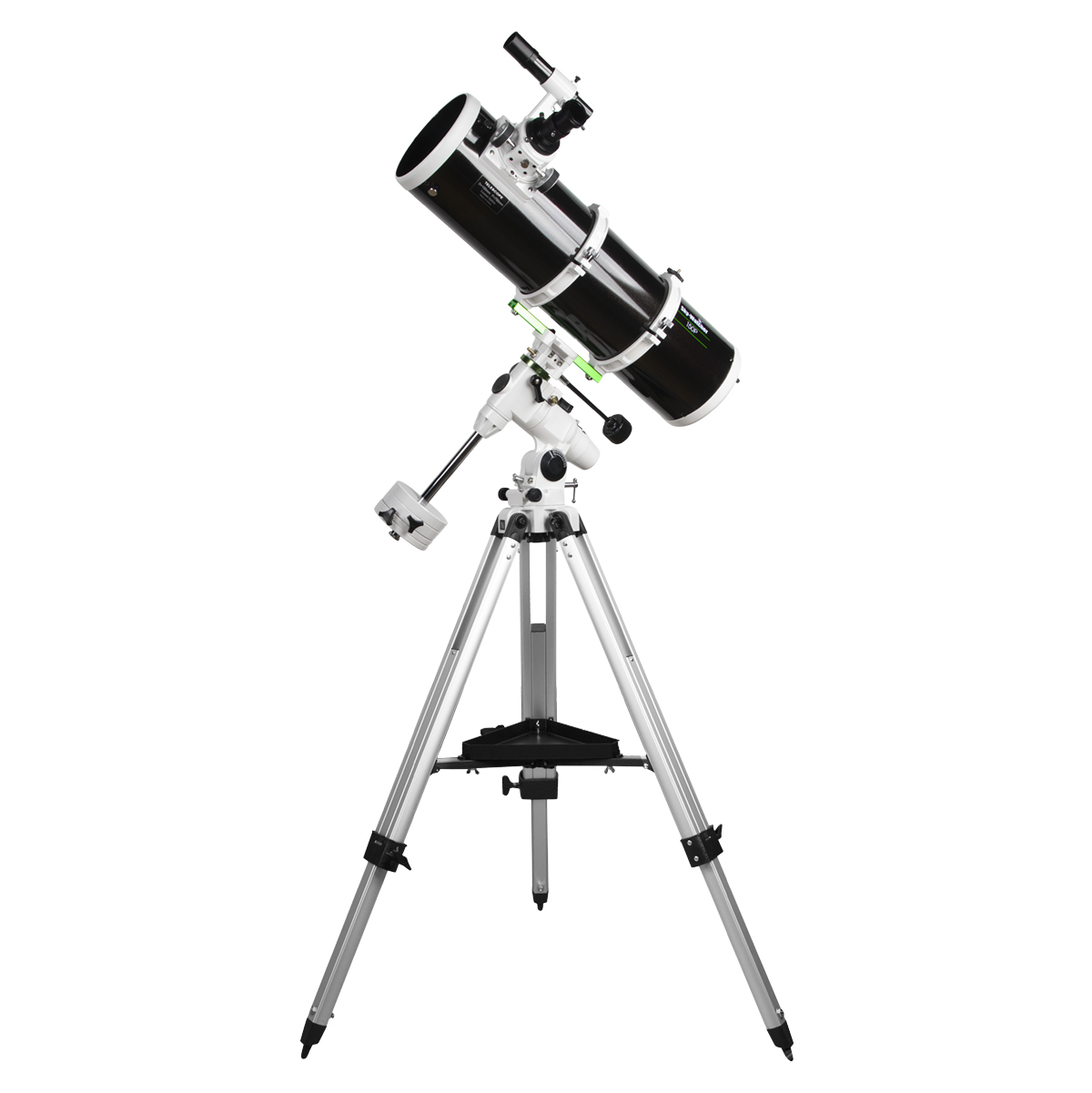

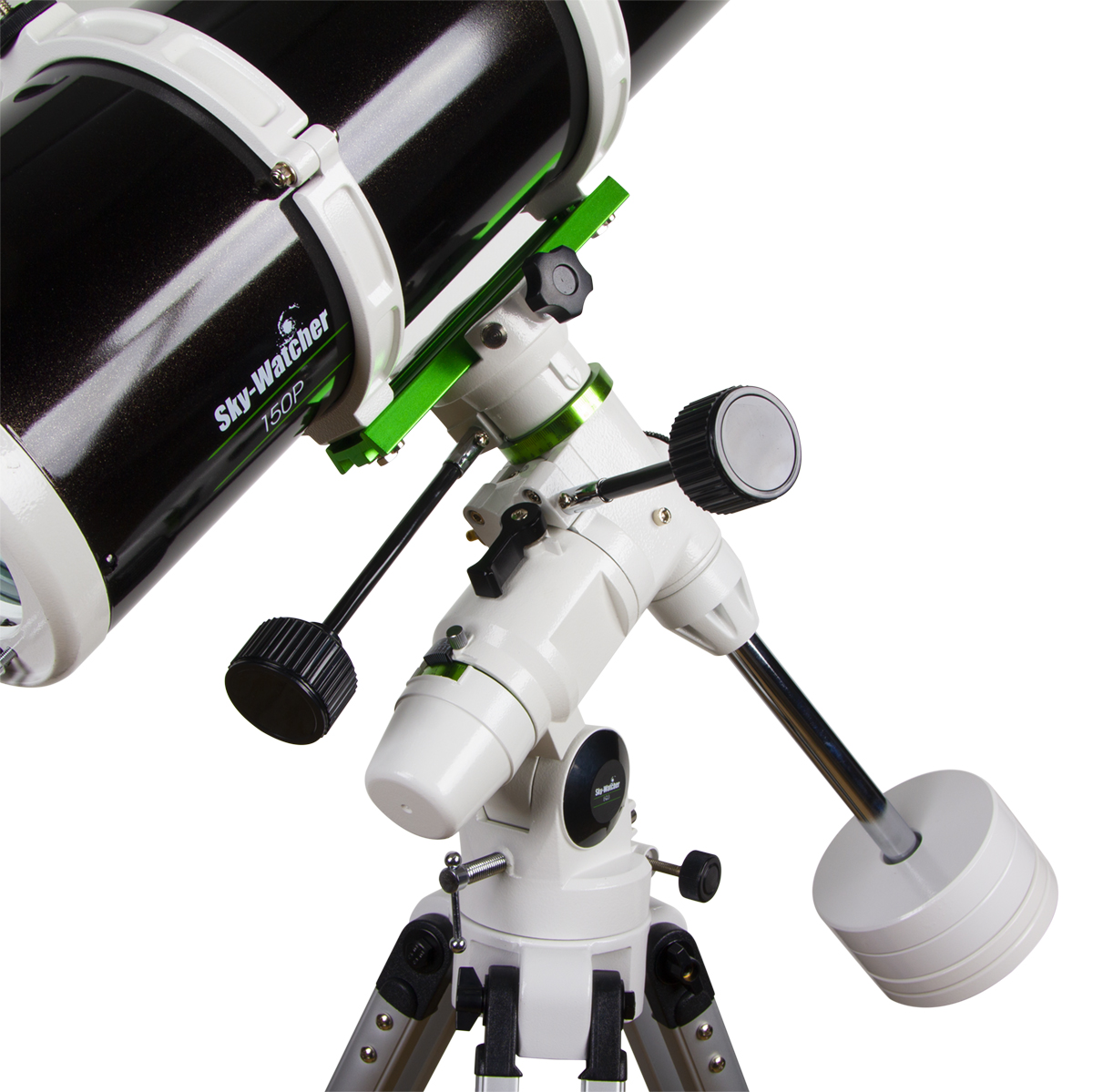
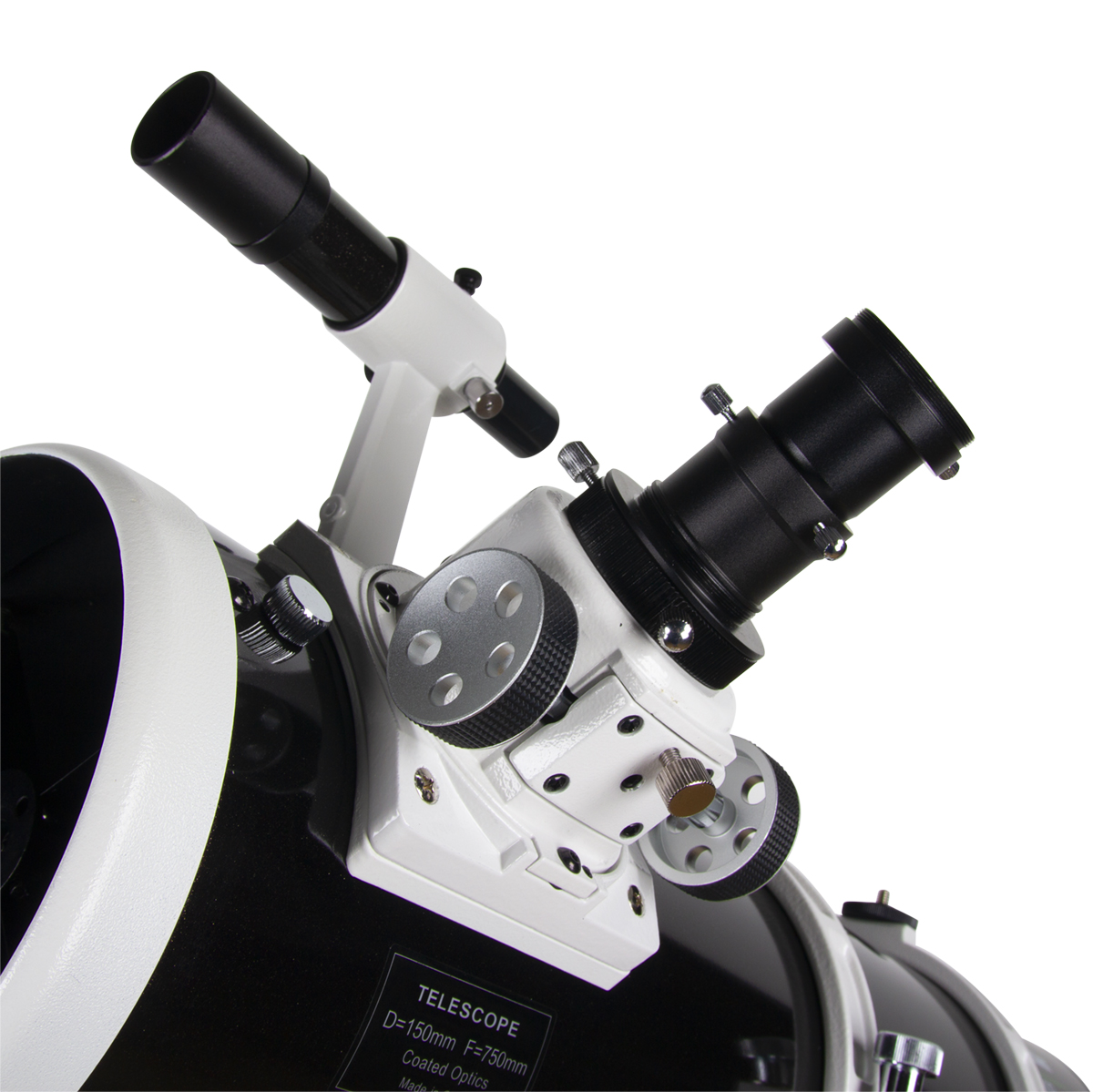
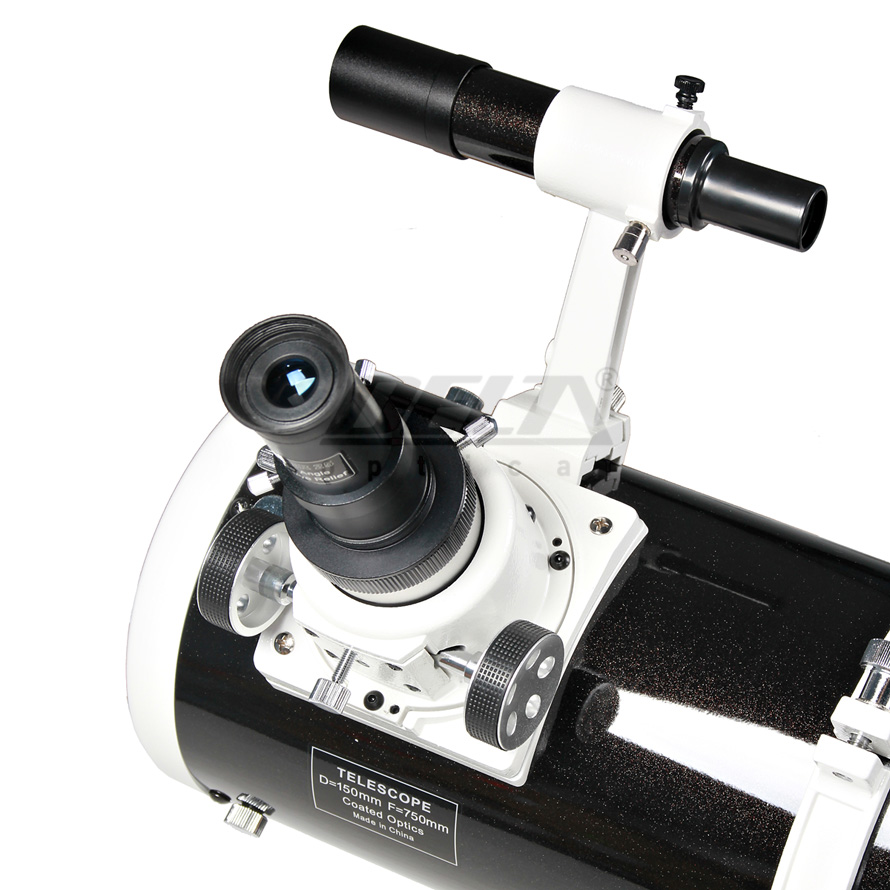

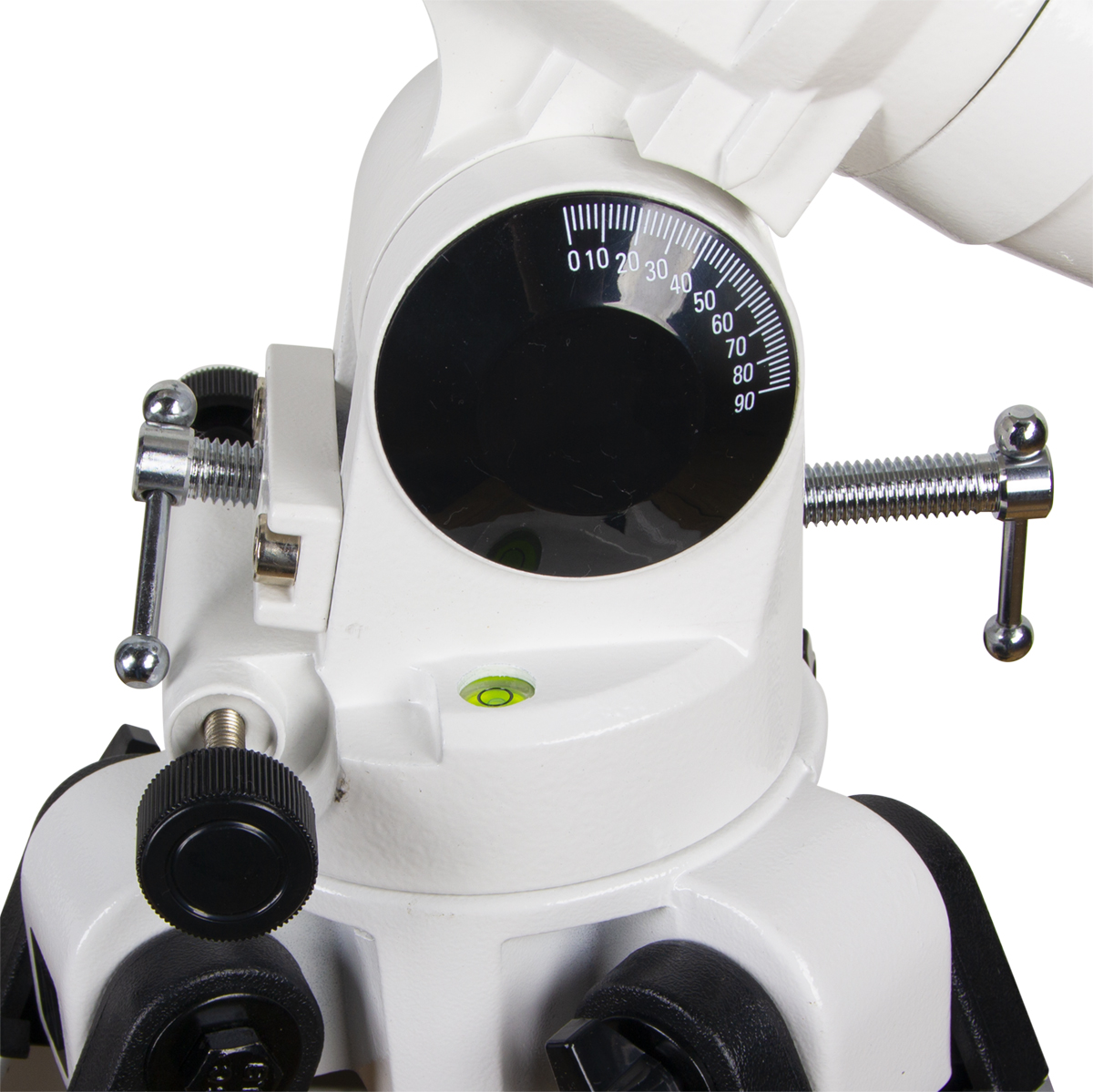

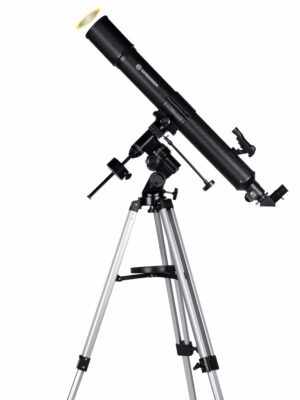


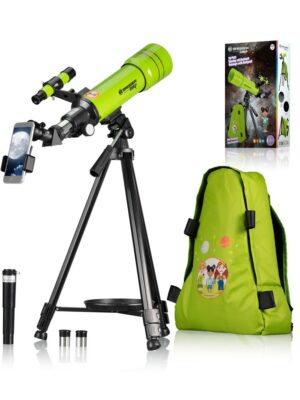
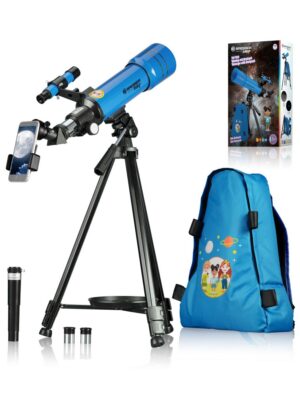
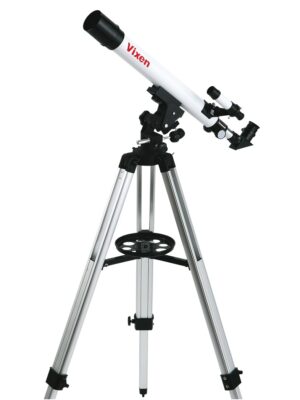
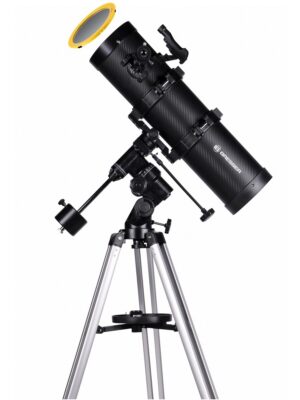

Отзывы
Отзывов пока нет.